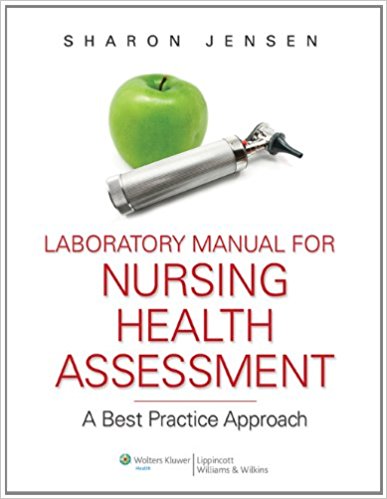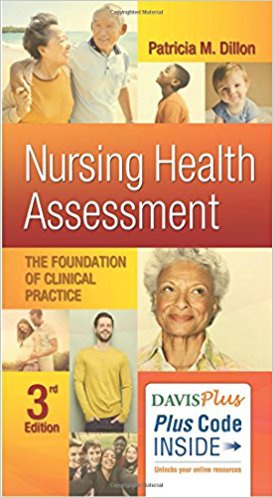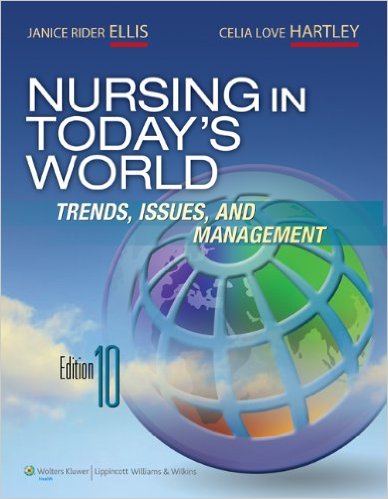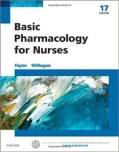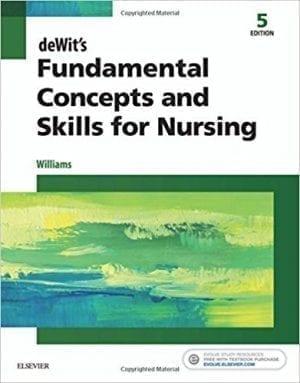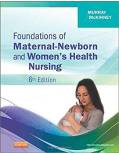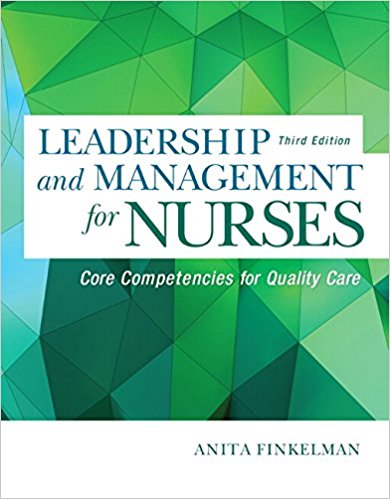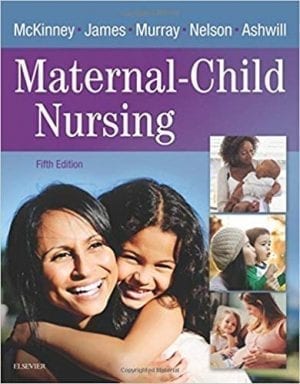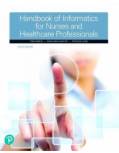Nursing Health Assessment A Best Practice Approach 1st edition by Jensen -Test Bank
Do you need test banks fast? eTestBank.net is the best test bank website for you! Download your test bank right after you pay. No waiting!
Why eTestBank.net is Great:
✅ Instant Download:
Get your test bank right away after payment.
✅ Unlimited Downloads:
Download your test bank anytime and as many times as you want.
✅ 24/7 Live Help:
We are here to help you all day, every day.
✅ Guaranteed Delivery:
If you don’t get the download right away, we will send it to you in 3 to 6 hours.
How to Get Your Test Bank:
- Pick Your Test Bank: Choose from many test banks.
- Pay Safely: Pay securely on eTestBank.net.
- Download Instantly: Get your test bank immediately after payment.
- Download Anytime: Unlimited downloads whenever you need them.
Need Help? Contact Us:
📧 Email: [Support@etestbank.net]
📱 WhatsApp: [https://wa.me/message/MC222DLQ4GDXL1r]
Didn’t Get Your Download?
Don’t worry! If you don’t get the file right away, we’ll send it to you in 3 to 6 hours. Need it sooner? Contact us by email or WhatsApp.
💡 Buy now from eTestBank.net for instant downloads, unlimited access, and 24/7 support—get your test bank today!
|
1. |
What tool does the nurse use to auscultate the patient’s abdomen? |
|
A) None B) Fetoscope C) Sonoscope D) Stethoscope |
|
2. |
When caring for patients in any healthcare environment, what is the most important technique for preventing infection? |
||
|
A) |
Sterile technique |
C) |
Hand hygiene |
|
B) |
Standard precautions |
D) |
Use of gloves |
|
3. |
What steps are involved in the patient-to-patient transmission of pathogens? (Select all that apply.) |
|
A) |
The nurse uses an alcohol-based hand rub for hand hygiene |
|
B) |
Organisms are transferred from the patient to the nurse’s hands |
|
C) |
Organisms survive on the nurse’s hands for less than 1 minute |
|
D) |
The nurse’s contaminated hands come into direct contact with another patient |
|
E) |
Organisms are present in the patient’s immediate environment |
|
4. |
According to the 2009 guidelines from the Centers for Disease Control and Prevention (CDC), why are nurses supposed to wear gloves? (Select all that apply.) |
|
A) |
To help maintain a sterile environment |
|
B) |
To reduce transient contamination of the hands |
|
C) |
To reduce the risk of infecting personnel |
|
D) |
To prevent the transmission of bacteria from nurses to patients |
|
E) |
To reduce the number of bacteria in the health care environment |
|
5. |
A nursing instructor is discussing techniques used in the inspection of a patient. What would the instructor list as necessary or important when inspecting a patient? |
||
|
A) |
Adequate exposure |
C) |
Therapeutic touch |
|
B) |
Dim lighting |
D) |
Therapeutic communication |
|
6. |
The nurse is assessing a patient who is new to the unit. During an inspection of the patient, what will the nurse do? |
|
A) |
Tell the patient that modesty is not necessary |
|
B) |
Make sure that the patient is covered |
|
C) |
Look for internal abnormalities |
|
D) |
Smell for odors |
|
7. |
A new graduate nurse is inspecting a patient. What is a challenge this nurse will face? |
||
|
A) |
Maintaining patient modesty |
C) |
Identifying subtle differences |
|
B) |
Learning how to perform an inspection |
D) |
Documenting what is normal |
|
8. |
For what is light palpation appropriate? (Select all that apply.) |
|
A) |
Inflamed areas of skin |
|
B) |
Internal organs |
|
C) |
Skin texture |
|
D) |
Deep pain |
|
E) |
Surface lesions |
|
9. |
Nursing students are in the laboratory practicing palpation. What would they learn about the best depth for moderate palpation? |
|
A) ½ to 1 cm B) 1 to 2 cm C) 1 to 2½ cm D) 2 to 3 cm |
|
10. |
When percussing a patient, where would the nurse expect to find the loudest tones? |
|
A) Over the liver B) Over the bladder C) Over the spleen D) Over the lungs |
|
11. |
A patient presents at the clinic complaining of a possible sinus infection. How would the nurse assess the sinuses in this patient? |
|
A) Indirect percussion B) Palpation C) Direct percussion D) Auscultation |
|
12. |
A student nurse is spending clinical hours on the medical-surgical unit with an experienced nurse. The student is assessing a patient using indirect percussion. Does the student hear what sound while percussing the center of the patient’s abdomen? |
|
A) Resonance B) Tympany C) Dullness D) Damping |
|
13. |
When auscultating the patient’s lungs, how should the nurse position the earpieces of the stethoscope? |
||
|
A) |
Pointed toward the nose |
C) |
At a 90° angle from the nose |
|
B) |
Pointed toward the occiput |
D) |
At a 45° angle to the occiput |
|
14. |
While beginning assessment of a patient’s abdomen, the nurse starts in the middle of the abdomen and expects to hear high-frequency sounds. What part of the stethoscope will provide the best sound with firm skin contact? |
||
|
A) |
The bell |
C) |
The earpieces |
|
B) |
The small side of the chest piece |
D) |
The diaphragm |
|
15. |
Student nurses are in the laboratory learning auscultation techniques. How would they learn to hold the chest piece on the patient? |
|
A) |
Place the endpiece between the thumb and the index finger |
|
B) |
Place the index and middle fingers on top of the stethoscope |
|
C) |
Place the endpiece between the index and the middle fingers |
|
D) |
Place the thumb and index finger on top of the stethoscope |
|
16. |
When assessing a patient, the first skill used is inspection. What purpose does inspection serve? |
||
|
A) |
Gathering information |
C) |
Observing modesty |
|
B) |
Feeling abnormalities |
D) |
Identifying internal abnormalities |

